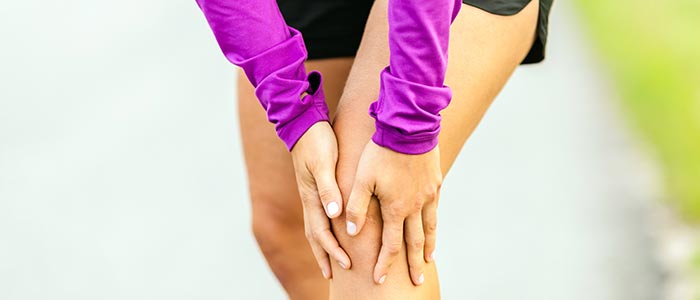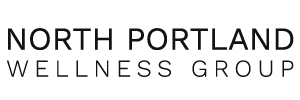Helpful Information About PRP Treatment

What is Platelet-Rich Plasma (PRP) therapy and where is it used?
Platelet-Rich Plasma, or PRP, is produced from your own blood. The platelets are the cells in our blood that contain growth factors, which stimulate the normal wound healing process, e.g. the same way that your skin heals after a scrape or a cut. With PRP, you create a supra-therapeutic level of your own platelets (over 500% more platelets than normal blood) so that you heighten the healing of a chronically injured tissue. All PRP injections are done under ultrasound guidance to confirm placement of the PRP in the correct tissue.
PRP therapy is indicated for injuries that have failed to heal despite traditional treatment options. It can be performed in any musculoskeletal structure, including muscles, tendons, joints and ligaments all over the body. Some examples include: partial tendon tears, muscle strains, ligament sprains/partial tears, articular cartilage injury, and chronic tendon injuries.
How is PRP made?
To prepare PRP, blood is taken from your arm with a special kit similar to a normal blood test. It is then placed in a special centrifugation machine that separates the platelets from the blood in order to be extracted in a concentrated form called PRP. The entire PRP extraction and injection takes about 45-90 minutes.
How many treatments are necessary?
Most patients achieve successful outcomes with 1-3 injections, which may depend on site, injury, and level of activity. In most cases, a series of three injections is required to achieve significant results. Each injection is spaced 1-4 weeks apart. There is no limit to the number of treatments you can have; however, literature suggests that about 15% of patients, who do not see improvement with more than three injections. In that case other treatments should be considered.
Are there any side effects?
Since your own blood is used, there is no risk for transmitted blood-infections. PRP has a strong antibacterial effect so risk of local infection is minimal. It is normal to have increased soreness or pain after the procedure for an average of three days.
What are the potential benefits of PRP?
PRP stimulates healing of the injured tissue by activating your body’s natural healing capacity. Patients on average report more than 50% improvement in 6 weeks and up to 100% improvement in 12 weeks. This may eliminate the need for more aggressive and expensive treatment options such as long-term medication or surgery. In addition, PRP Therapy is a minimally-invasive procedure that is done in the clinic; therefore, you go home the same day.
OFFICE HOURS
Monday
9:00am - 6:00pm
Tuesday
9:00am - 6:00pm
Wednesday
9:00am - 6:00pm
Thursday
9:00am - 6:00pm
Friday
9:00am - 2:00pm
Saturday
Closed
North Portland Wellness Group
2215 N Lombard St
Portland, OR 97217
PHONE: (503) 893-4407
FAX: (503) 908-6153

